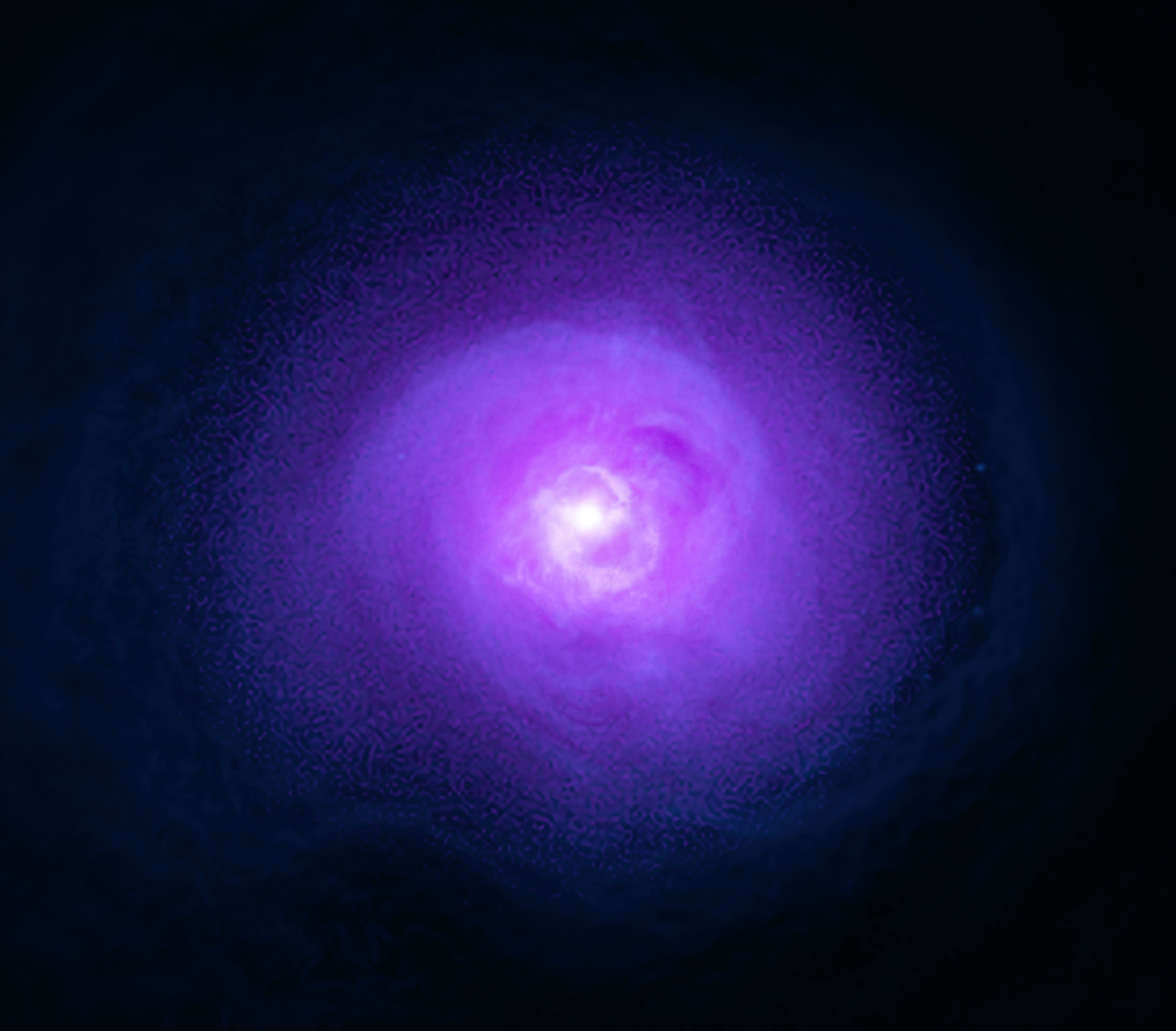Gaia

What is Gaia?
Gaia, the Global Astrometric Interferometer for Astrophysics, is a European Space Agency astronomical observatory mission. Its goal is to create the largest, most precise three-dimensional map of the Milky Way by surveying about 1% of the galaxy's 100 billion stars.
- Gaia will detect and very accurately measure the motion of each star in its orbit around the center of the galaxy.
- Each of the 1 billion stars that Gaia studies will be observed an average of 70 times over five years to create a record of the brightness and the position of each star over time.
| Nation | European Space Agency (ESA) |
| Objective(s) | Sun-Earth L2 Lagrange Point |
| Spacecraft | Gaia |
| Spacecraft Mass | 4,473 pounds (2,029 kilograms) |
| Mission Design and Management | ESA |
| Launch Vehicle | Soyuz-ST-B / Fregat-MT (Soyuz ST-B no. E15000-004/104, Fregat-MT no. 1039) |
| Launch Date and Time | Dec. 19, 2013 / 09:12:18 UT |
| Launch Site | CSG / ELS pad |
| Scientific Instruments |
|
Firsts
- Gaia is attempting to create the largest, most-precise 3-D map of our galaxy, the Milky Way
Key Dates
Dec 19, 2013: Launch
Jan 8, 2014: Achieved operational orbit
Jul 25, 2014: Mission operations began
Sep 14, 2016: ESA released its first dataset from Gaia
Apr 25, 2018: ESA released a second dataset from Gaia
In Depth: Gaia
Gaia is a European space observatory whose goal is to chart a three-dimensional map of the Milky Way galaxy in order to reveal the composition, formation and evolution of the galaxy.
More specifically, Gaia provides high-quality measurements to produce a stereoscopic and kinematic census of about 1 billion stars in our galaxy (about 1% of the total) and the Local Group, the group of galaxies that includes the Milky Way.
Launched by a Russian Soyuz rocket, the Fregat upper stage pushed Gaia into a 109 × 109-mile (175 × 175-kilometer) Earth orbit, and then fired again for a long burn into a 214 × 598,200-mile (344 × 962,690-kilometer) orbit at a 15-degree inclination.
On Jan. 8, 2014, Gaia entered its operational orbit around the Sun-Earth L2 Lagrange point, about 932,000 miles (1.5 million kilometers) from Earth, when its engine fired to boost the spacecraft into a 163,000 × 439,000-mile (263,000 × 707,000-kilometer) halo orbit with a period of 180 days.
After four months of calibration, alignment and focusing of its telescopes, Gaia began its five-year mission July 25, 2014.
In its observation mode, Gaia spins once every six hours, sweeping its two telescopes across the entire sky and focusing the light it gathers onto a single digital camera—the largest flown in space—with nearly a billion pixels (106 CCDs each with 4,500 × 1,996 pixels).
It will observe a billion stars an average of 70 times each over five years. In September 2014, ESA announced that Gaia had discovered its first supernova, Gaia14aaa, some 500 million light-years from Earth.
A minor anomaly—“a stray light problem”— was detected shortly after launch that might degrade the quality of some of the results, especially for the faintest stars, but ESA scientists are confident they can compensate for the problem.
In August 2015, Gaia completed its first year of science observations, during which it recorded 272 billion positional or astrometric measurements, 54.4 billion photometric data points, and 5.4 billion spectra.
On Sept. 14, 2016, ESA released its first dataset from Gaia that included positions and G magnitudes for about one billion stars based on observations from July 25, 2014, to Sept. 16, 2015.
On April 25, 2018, ESA released a second dataset that included the positions for approximately 1.7 billion stars, as well as a measure of their overall brightness at optical wavelengths. Final Gaia results in the form of complete datasets are not expected to be publicly available until the early 2020s.
Besides its primary goal of mapping stars, Gaia also carries out observations of known asteroids within our solar system, providing data on the orbits and physical properties of these bodies.
Additional Resources
NASA Space Science Data Coordinated Archive
Key Source
Siddiqi, Asif A. Beyond Earth: A Chronicle of Deep Space Exploration, 1958-2016. NASA History Program Office, 2018.




































